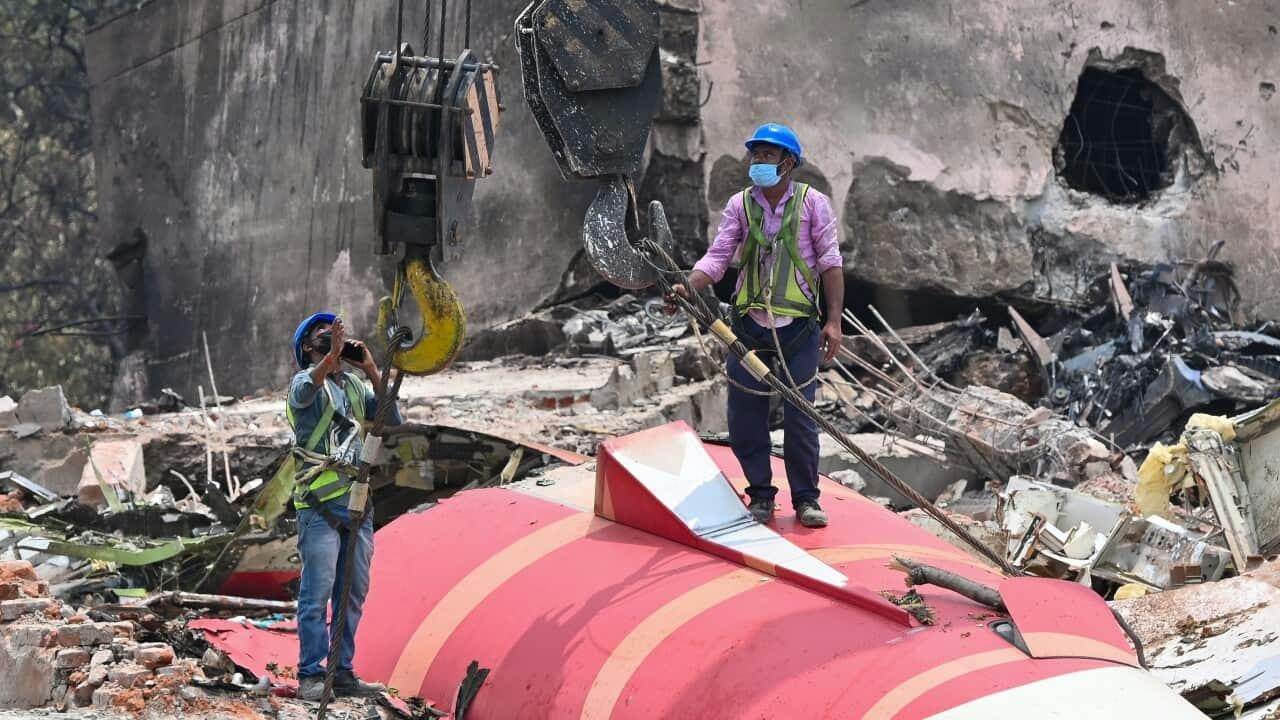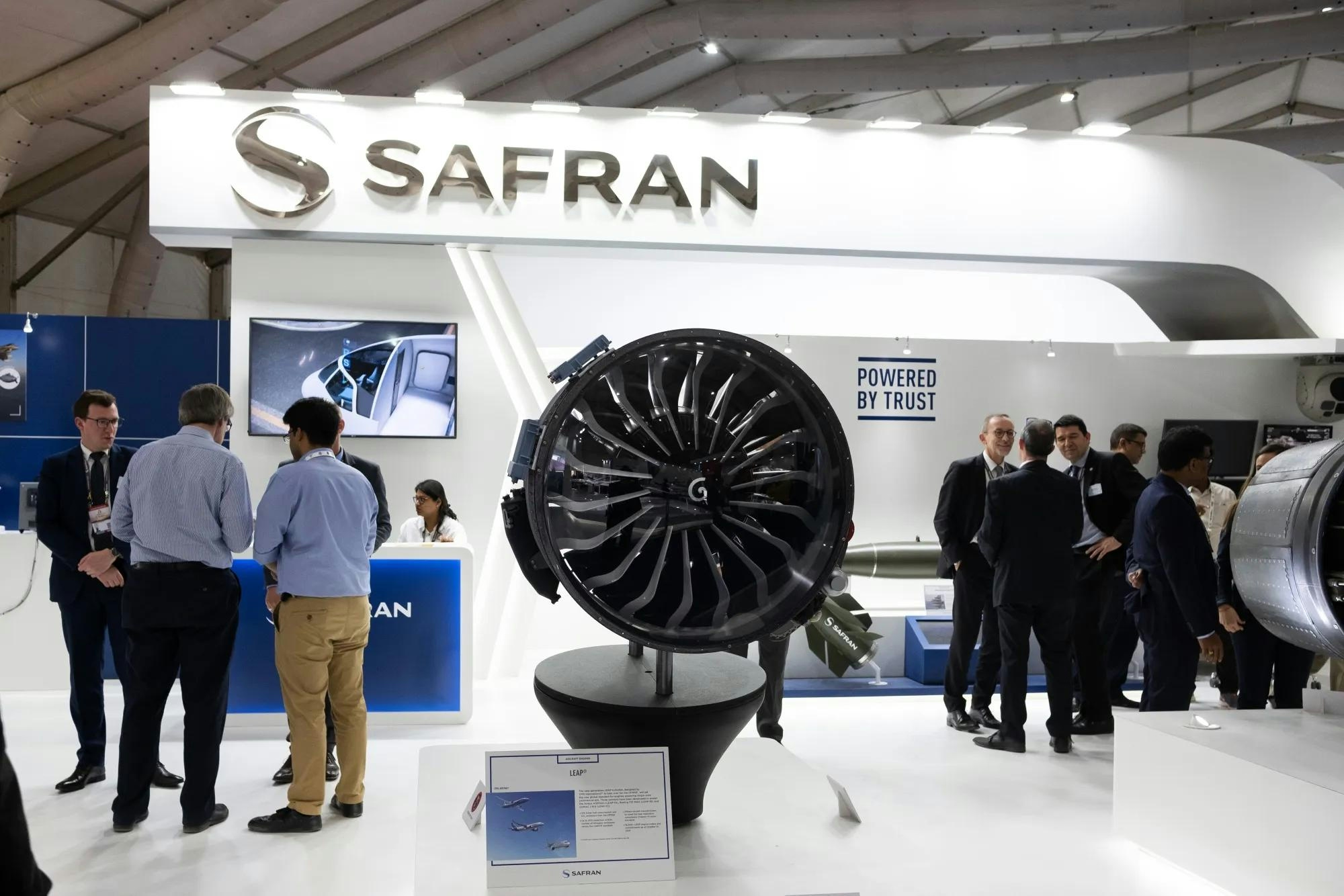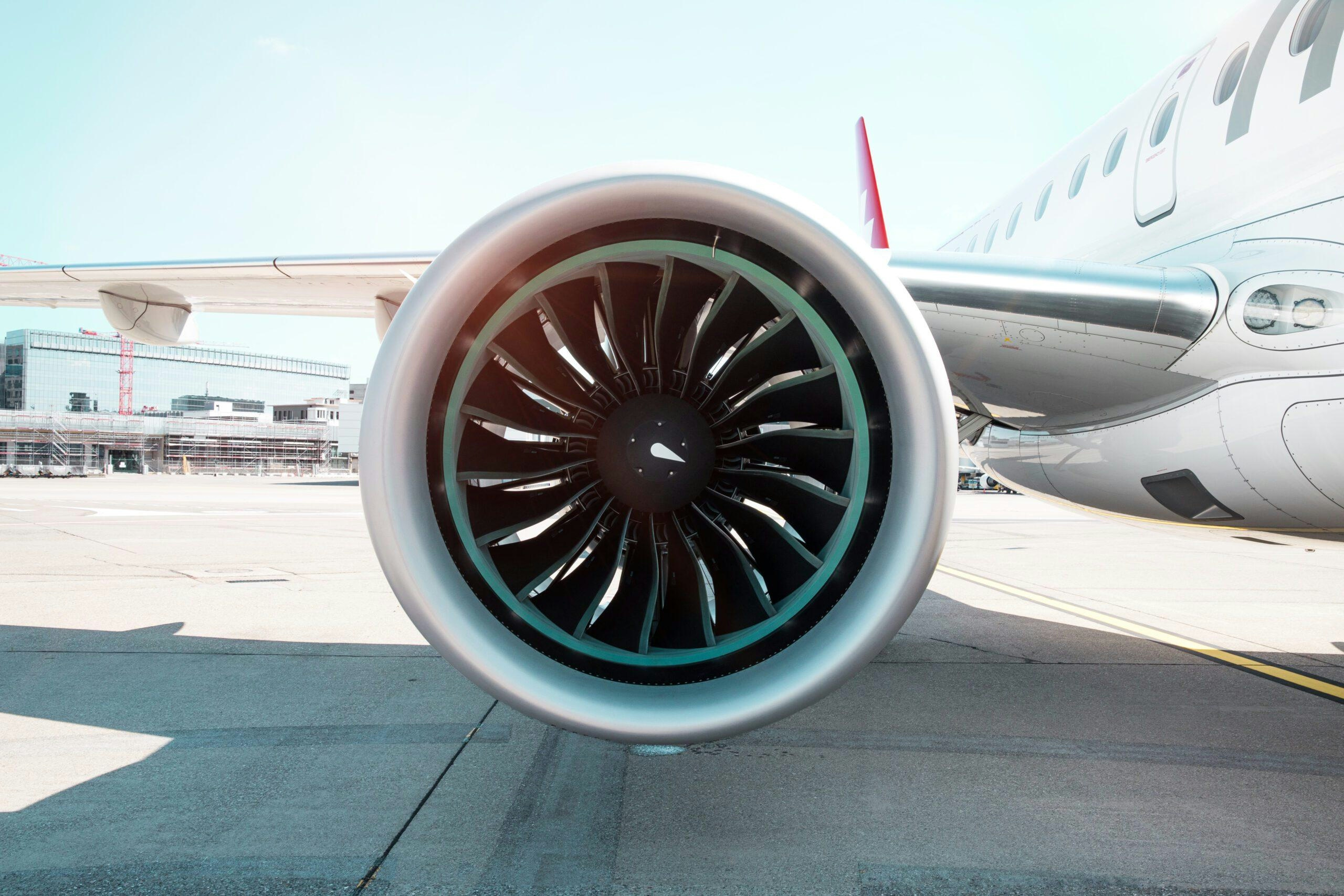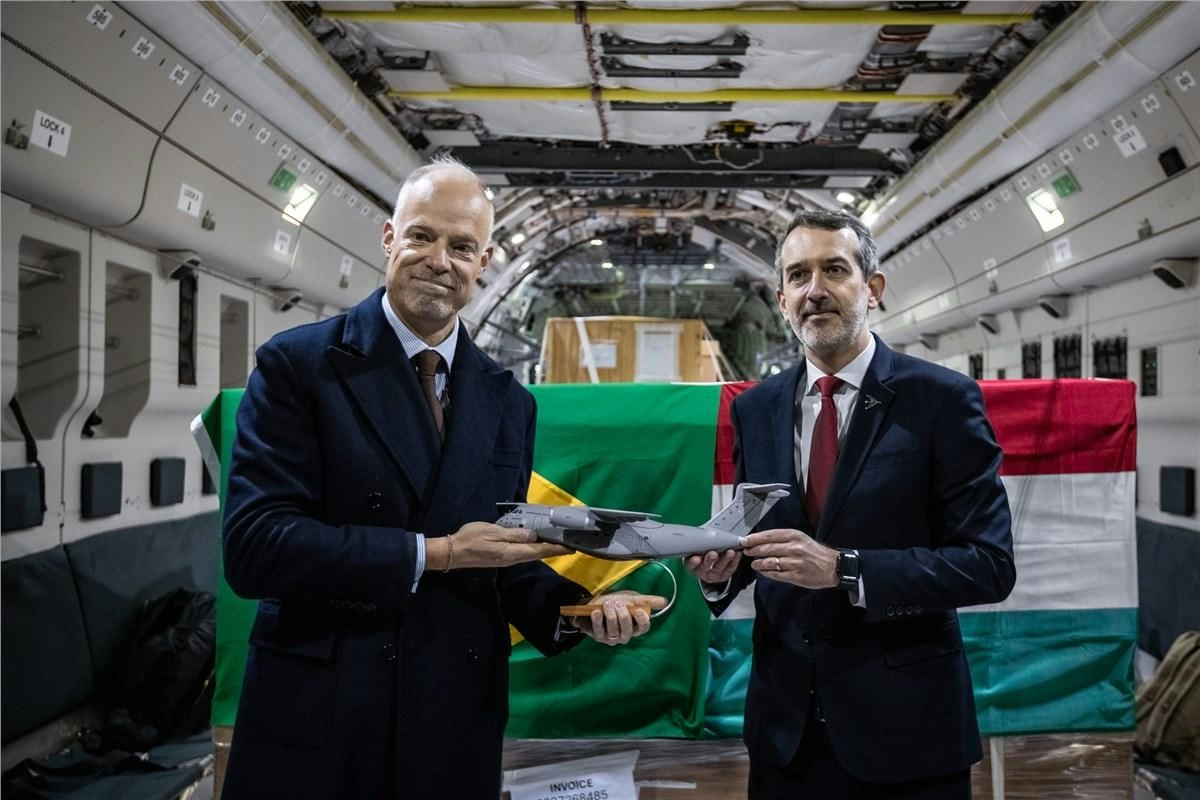
AeroGenie - مساعد الطيار الذكي الخاص بك.
الرائج الآن
Categories
Preliminary Report Indicates Fuel Cut-Off Before Air India Crash

Preliminary Report Reveals Fuel Cut-Off Prior to Air India Crash
The preliminary investigation into the recent Air India crash has uncovered a critical development: the aircraft’s engines experienced a fuel supply cut-off moments before impact. Released by the Directorate General of Civil Aviation (DGCA), the initial findings have shifted the focus from adverse weather conditions to pressing concerns regarding technical malfunctions, human error, and aviation safety protocols.
The Incident: Air India Flight [Flight Number]
On [insert crash date], Air India Flight [Flight Number] was operating a routine journey from [Origin City] to [Destination City] when it encountered severe difficulties during its final approach. Despite challenging weather conditions characterized by heavy rain and poor visibility, the aircraft attempted to land but ultimately veered off the runway and crashed. The accident resulted in multiple fatalities and injuries, marking one of the most serious aviation disasters in India in recent years.
Preliminary Findings: Sudden Fuel Cut-Off Before Impact
The DGCA’s preliminary report, based on analysis of the Flight Data Recorder (FDR) and Cockpit Voice Recorder (CVR), indicates a sudden and simultaneous drop in fuel flow to both engines just prior to the crash. Engine parameters declined to idle, and the crew’s final communications reflected an awareness of power loss, though they had insufficient time to respond effectively.
Investigators determined that the fuel cutoff switches were engaged almost simultaneously before impact, directly causing the loss of engine power. This critical event rendered the aircraft unable to maintain lift or control, significantly contributing to the severity of the crash.
Investigating the Causes: Technical and Human Factors Under Review
The ongoing investigation is focused on understanding why the fuel cutoff switches were activated. Several potential causes are being examined. One possibility is pilot confusion, with evidence suggesting that the flight crew may have inadvertently engaged the fuel cutoff switches due to misunderstanding or miscommunication during a high-stress situation. Another avenue of inquiry involves mechanical or electrical failures within the fuel management system, fuel pumps, or associated controls that could have triggered an automatic shutdown. Investigators are also exploring whether fuel contamination—such as water or debris in the tanks—may have activated emergency shut-off mechanisms. While less likely, the possibility of crew error involving unintentional mismanagement of fuel valves or switches remains under consideration. Further technical analyses and component inspections are underway to determine the precise cause.
Broader Safety Implications and Regulatory Scrutiny
This incident has raised significant concerns about the design and operation of fuel control switches in Boeing 787 aircraft. Aviation experts have questioned whether the layout or labeling of these switches may contribute to pilot error, particularly in high-pressure scenarios. In parallel, the European Union Aviation Safety Agency (EASA) has announced an investigation into Air India Express for alleged non-compliance with directives to replace certain engine components and for falsifying maintenance records. These developments have intensified scrutiny of Air India’s maintenance practices and regulatory oversight, highlighting systemic issues within the airline’s operational framework.
Ongoing Investigation and Future Directions
As the investigation progresses, the aviation community is urging comprehensive reviews of cockpit procedures, aircraft design, and maintenance compliance to mitigate the risk of similar tragedies. The final report is anticipated to provide further clarity on the causes of the crash and to recommend measures aimed at strengthening aviation safety standards globally.

Dassault Aviation and Thales Partner on AI for Future Air Combat

Mexicana MRO Deal Stalls Pending Banorte Extension Approval

Trump's Policy on DEI Raises Concerns Over Aircraft Mechanic Training

Why Boeing’s 747 Lacks a Full Second Deck Unlike the Airbus A380

Deutsche Aircraft Appoints Ernst-Georg Schröder Manager of Final Assembly Line for D328eco

PM to Inaugurate Safran Aircraft Engine Services Facility in India on November 26

Leading Companies in Aviation Artificial Intelligence: Airbus, Amazon, Lockheed Martin, Tata Power, Thales

Embraer and ILIAS Partner to Enhance Military Fleet Management

Warburg Pincus Acquires Hong Kong-Based Topcast Aviation Supplies
